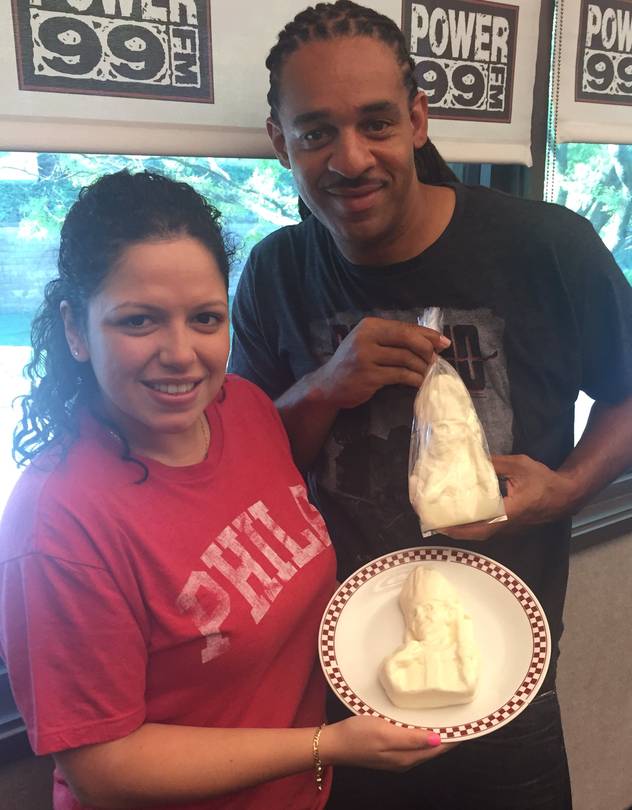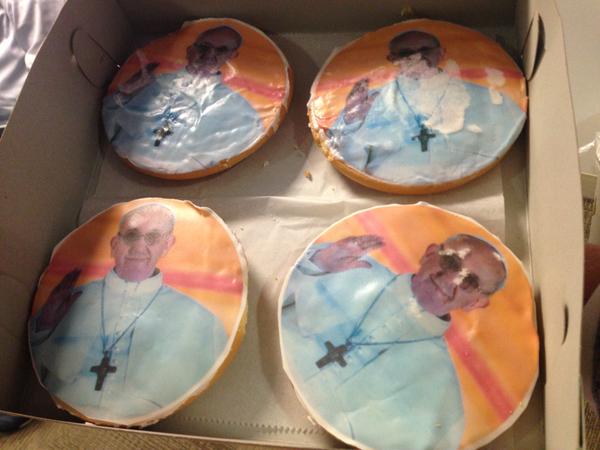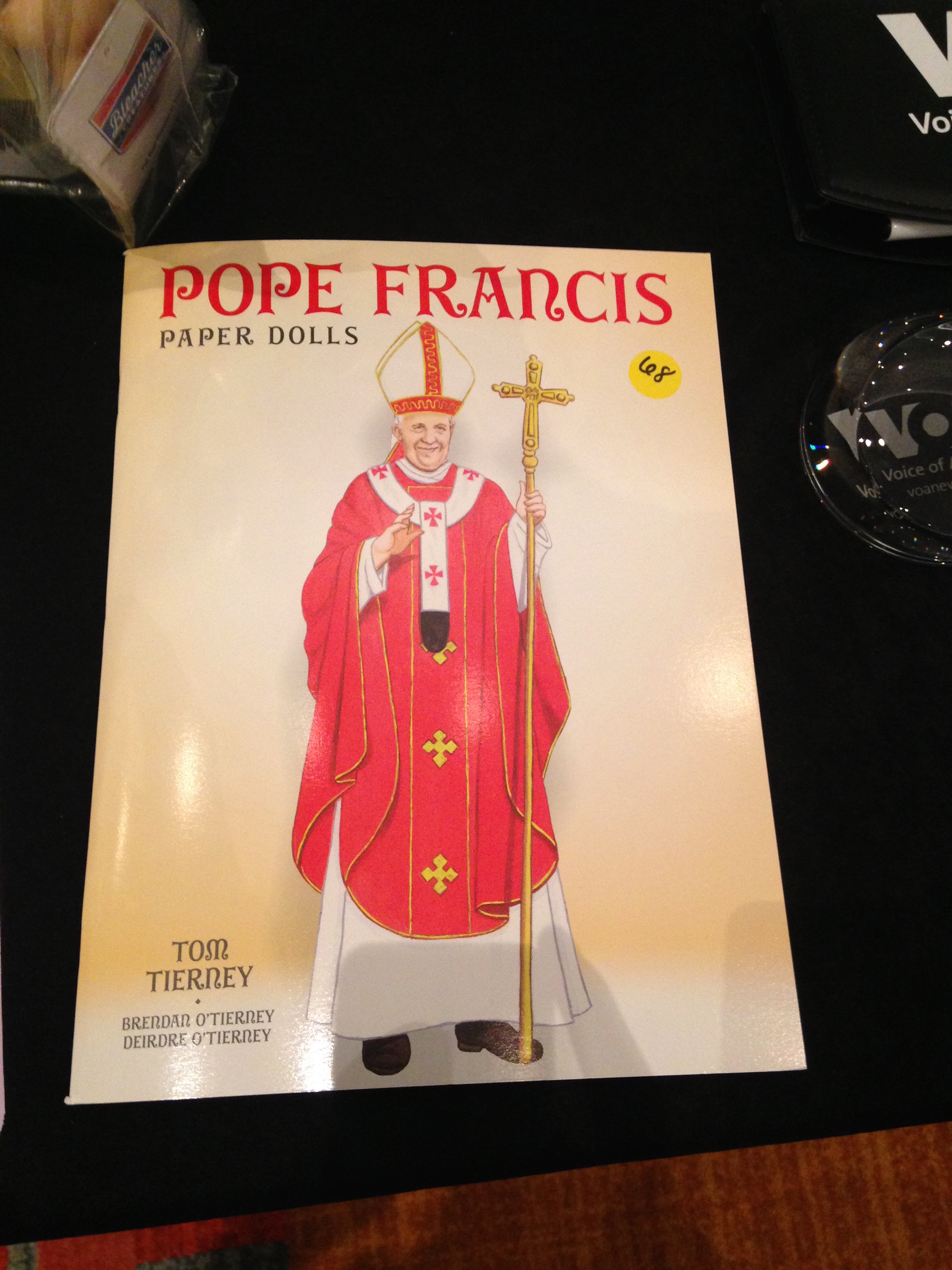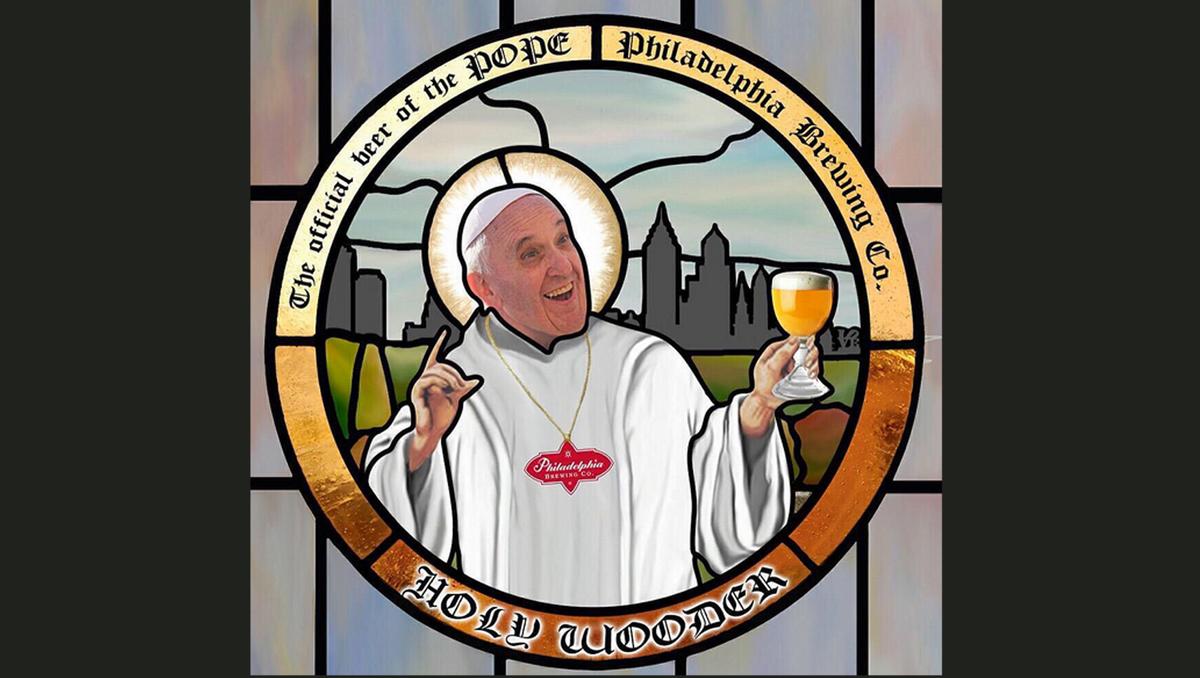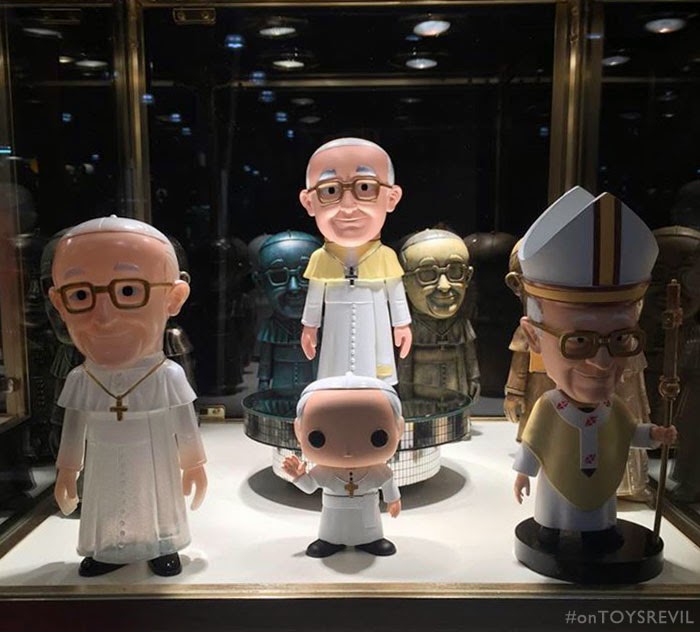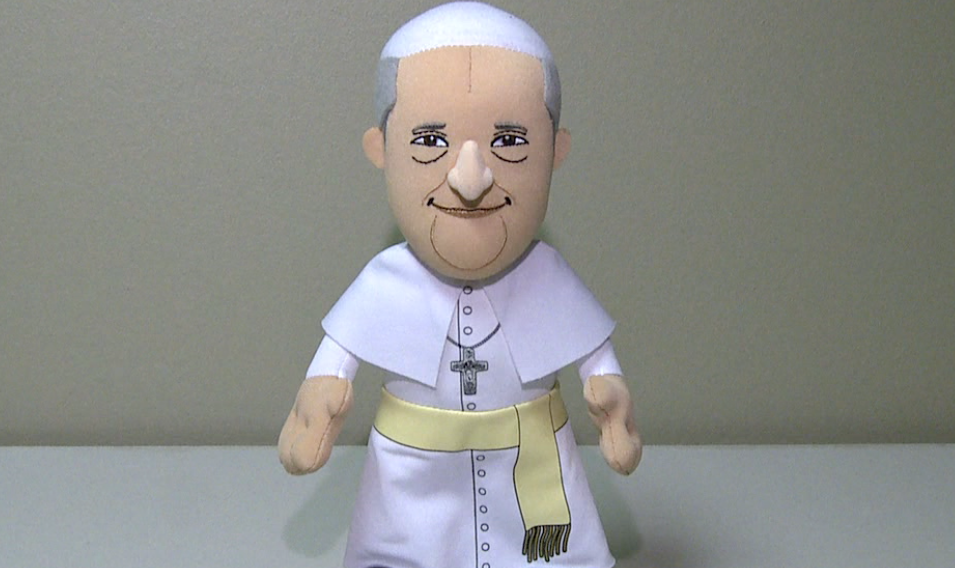Think religion doesn’t matter at the movies? Think again. More specifically, think of the kerfuffle over the Church of England’s “Lord’s Prayer Commercial” and some of the UK’s biggest cinema chains denying the commercial ad space in its theaters.
As Reuters reported, “The 60-second ad, which shows a variety of Christians including a police officer, weight lifter and school children each saying one line of the prayer, had been due to be shown next month before screenings of the new Star Wars film ‘The Force Awakens.’”
Not only was the Anglican church confused over the refusal, but social media and blogs erupted with robust conversations about the place of religious ads before movies, on television, and on radio. This scenario of scandal underscores the importance, and urgency, of considering the interaction of religion & pop-culture in its many, many, forms.
That is why I am overwhelmingly excited to announce the release of Jesus Christ, Movie Star by Edward N. McNulty, in which I was humbled & honored to write the foreword. In that introductory statement I attempted to frame McNulty's work on Jesus and movies in the contemporary context of currents in religion & pop-culture.
In the foreword I wrote that in a global culture, where internationalization occurs across, through, and in tension with various sites and conduits of ethnicity, technology, financial systems, media, ideological networks, and religions the images of Jesus not only matter to U.S. moviemakers, and consumers, but people throughout the world. Hence the importance to critically think through what depictions of Jesus mean — how they are represented, how they communicate, how they are interpreted, and how they reflect, critique, and interact with wider socio-cultural realities.
This is even more pertinent because Jesus is such a popular movie star and it is helpful -- both theologically and from a religious studies perspective -- to consider him as such. As David Crumm of Read the Spirit wrote:
“ONLY ONE FIGURE rivals Sherlock Holmes and Santa Claus as the longest-running characters in world cinema. As veteran-faith-and-film writer Edward McNulty points out in his new book, that unique, history-spanning figure is Jesus Christ, Movie Star.”
McNulty’s exploration of Jesus-figures, faith, and film gets us started down a path to not only catch the great importance of Jesus’ story as it was, but also — crucially — how it is transported and transposed in our current culture. To that end, I invite you to explore more about the work or to purchase it at Amazon.com to engage heartily in discussion with those with whom you watch, react to, and examine faith and film.


